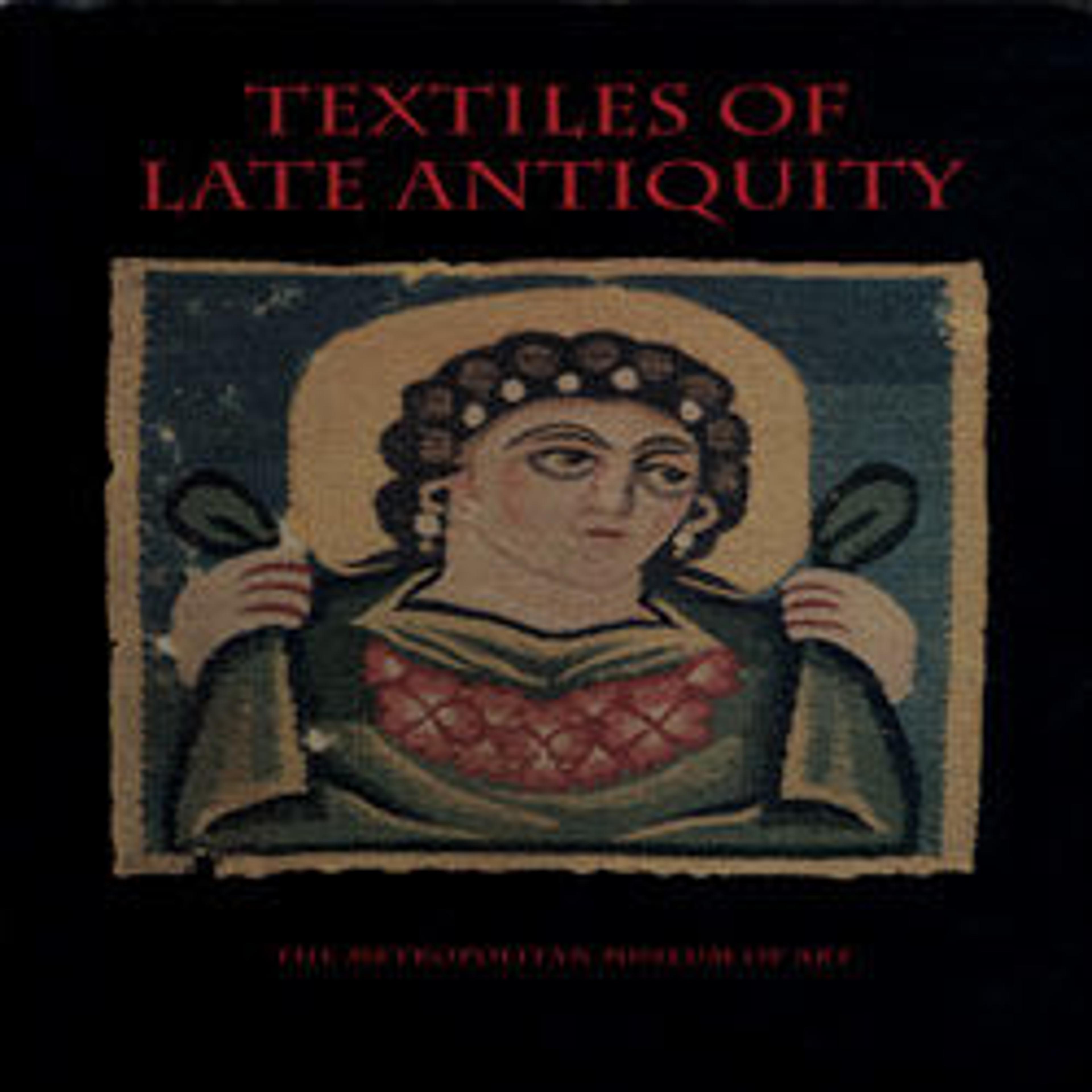Square with Holy Warriors Spearing a Serpent
Silk, one of the most luxurious fibers used to create textiles, is made from the cocoon filaments produced by several species of moth. Originating from China, Central Asia, and India, silk first reached the Mediterranean during the Roman period via a network of land and sea trade routes. Byzantine domestic silk production began in A.D. 553–54, under Justinian I, when silk-moth eggs were introduced to the region; the silk industry eventually became a major element of the Byzantine economy.
This fragment depicts a male figure dressed in a tunic with a pallium draped over his shoulders. He holds a cross in one hand and a pike in the other, which he uses to keep a serpent at bay. A border of leaves and flowers frames the images. An identical, though complete, example is housed in the Musée des Tissus et des Arts Décoratifs, Lyon. Bands such as these were woven separately as decorative elements and were applied to garments.
This fragment depicts a male figure dressed in a tunic with a pallium draped over his shoulders. He holds a cross in one hand and a pike in the other, which he uses to keep a serpent at bay. A border of leaves and flowers frames the images. An identical, though complete, example is housed in the Musée des Tissus et des Arts Décoratifs, Lyon. Bands such as these were woven separately as decorative elements and were applied to garments.
Artwork Details
- Title:Square with Holy Warriors Spearing a Serpent
- Date:7th–8th century
- Geography:Attributed to probably Egypt or Syria
- Medium:Silk
- Dimensions:H. 5 in. (12.5 cm)
W. 5 1/8 in. (13 cm) - Classification:Textiles-Woven
- Credit Line:Fletcher Fund, 1946
- Object Number:46.156.18a
- Curatorial Department: Islamic Art
More Artwork
Research Resources
The Met provides unparalleled resources for research and welcomes an international community of students and scholars. The Met's Open Access API is where creators and researchers can connect to the The Met collection. Open Access data and public domain images are available for unrestricted commercial and noncommercial use without permission or fee.
To request images under copyright and other restrictions, please use this Image Request form.
Feedback
We continue to research and examine historical and cultural context for objects in The Met collection. If you have comments or questions about this object record, please contact us using the form below. The Museum looks forward to receiving your comments.
